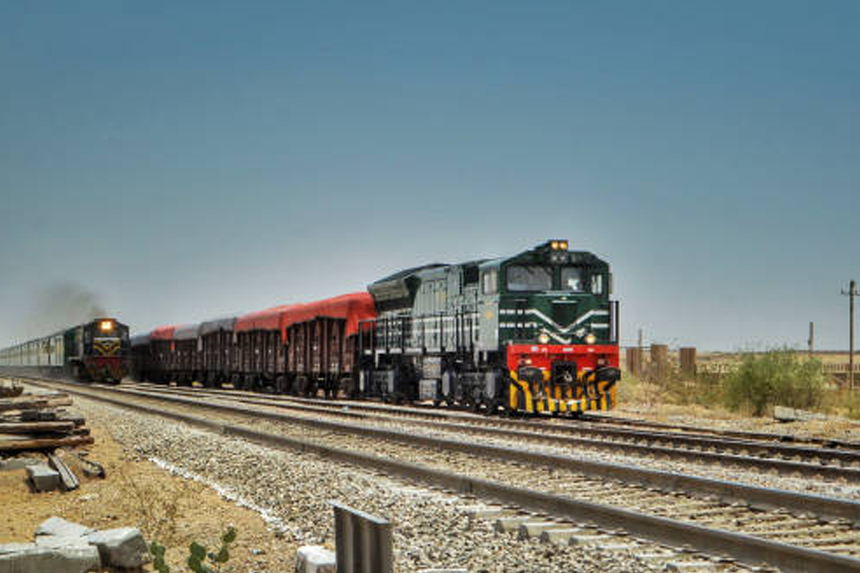More than three hundred hostages from a passenger train taken over by militants in the Balochistan rail attack on Tuesday have been successfully rescued by the Pakistan Army. The military spokesperson said that 33 insurgents were killed during the rescue operation. Before the operation started, the Baloch Liberation Army (BLA) conducted an attack, killing four military troops and twenty-one civilian captives.
- The train carried what number of passengers?
- What demand did the Militerates have?
- What Did Viewpoints Regarding the Attack Say?
- How did the military execute the rescue mission?
- What Is the BLA, and Why Did They Target the Train?
- What Are Authorities Doing to Find the Missing Passengers?
- What Measures Will Be Taken Against the Offenders?
This unprecedented train hijacking has raised serious concerns about security in Balochistan, a province that has witnessed numerous militant attacks in the past. Experts believe that the Balochistan train attack was precisely planned, considering the militants’ ability to coordinate their actions so efficiently. Apart from stopping the train, the militants deliberately targeted its security staff to seize control over the passengers.
The train carried what number of passengers?
According to the army’s spokeswoman, around 440 passengers were on the train when the insurgents commenced their attack. At least one hundred of those aboard belonged to the security agencies. Security officials have indicated that some militants might have taken captives into the nearby mountainous area, so it is yet unknown how many passengers are still missing. The Balochistan train attack has generated questions about passenger security and safety policies on the local railway systems.
Witnesses indicate that the train had been traveling at a reasonable speed when suddenly forced to halt. The terrorists swiftly overpowered the security staff, compelling the scared passengers to comply with their demands. Some of the passengers who managed to hide or escape the first attack later spoke of the terrifying environment inside the train, where everyone was constantly fearing execution and gunshots echoed.
What demand did the Militerates have?
Local reports say that the militants had threatened to kill hostages if police did not release Baloch political detainees within 48 hours. During the attack, the perpetrators blew up a part of the railway rails and opened fire on the train near a mountain tunnel, leaving passengers in a state of dread. Considered one of the most devastating events involving passenger trains in the province, the Balochistan train attack is
The demands made by the BLA point, security experts say, a change in their approach from direct attacks on security forces to taking hostages to negotiate political gains. The damage of railway infrastructure points to a well-organized operation meant not only to cause panic but also to destroy Balochistan’s means of mobility.
What Did Viewpoints Regarding the Attack Say?
As bullets burst all around them, passengers onboard detailed scenes of pure terror. Ishaq Noor, a survivor, recalled: “We held our breath throughout the firing, not knowing what would happen next.”
The remoteness of the place, devoid of internet and mobile connectivity, seriously hampered passenger communication. Those who managed to flee traveled almost four hours to get to the closest railway station. Travelling from Quetta to Lahore to see his family, Muhammad Ashraf said: “We reached the station with great difficulty because we were tired, and there were children and women with us.”
Others who were inside the train during the incident related the horrific hours spent under gunfire. “The militants cautioned us not to move or say; they were merciless. The injured lay helpless, and the fear of death was overwhelming,” said another survivor who wished to remain anonymous.
How did the military execute the rescue mission?
The rescue operation was carried out using hundreds of men and helicopters. Over a hundred passengers had been released by Wednesday morning. The entire operation lasted more than 30 hours, with information about the attack and subsequent rescue being strictly controlled. The Balochistan train attack has underlined the need of better security policies to stop such events going forward.
The military utilized a combination of aircraft surveillance and ground forces to isolate the extremists and limit deaths. Launched a multi-pronged attack, special forces engaged the hijackers in fierce battle and guaranteed hostages’ safety. According to military sources, snipers were vital in destroying important targets without endangering the passengers.
What Is the BLA, and Why Did They Target the Train?
The Baloch Liberation Army is one of several separatist groups that demand either greater autonomy or full independence for Balochistan, Pakistan’s largest province. They accuse the administration of exploiting the province’s tremendous natural wealth while neglecting its development. The BLA has historically targeted military barracks, railway stations, and trains; this was the first time it has seized a train.
Long opposed by BLA officials are major regional infrastructure projects, including the China-Pakistan Economic Corridor (CPEC). Analysts suggest that the Balochistan train attack was likely an attempt to draw global attention to their cause by staging a high-profile event. The group’s use of hostage-taking signals a risky turn in their strategies, therefore indicating possible future dangers to public transit and national security.
What Are Authorities Doing to Find the Missing Passengers?
The military keeps looking the nearby area to make sure all dangers are gone and to find any passengers who might have left during the attack. Security agents are also looking at claims that several extremists fled with hostages into the rugged terrain.
To find any missing people, authorities have sent search teams, drones, and dogs. Experts caution that rescuing those kidnapped could be a challenging and time-consuming process, considering the mountainous terrain. Families of missing passengers still suffer and wait impatiently for official developments.
What Measures Will Be Taken Against the Offenders?
A military spokeswoman has pledged that everyone engaged in the attack will be brought to justice. The BLA is labeled as a terrorist organization by Pakistani officials as well as various Western countries like the United States and the United Kingdom. As authorities aim to stop such kinds of future attacks, security activities against the group should get more intense in the next weeks.
The government is also exploring new terrorist measures, including greater railway security and intelligence-sharing agreements with allied states. With an eye toward spotting any possible security flaws allowing the militants to access the railway system, officials have promised to probe closely how the attackers were able to execute such a coordinated operation.
As the nation mourns the loss of innocent lives, the Balochistan train attack serves as a grim reminder of the ongoing security challenges in the region. While the military’s swift response prevented an even greater tragedy, the incident has sparked renewed calls for stronger counterterrorism efforts and enhanced protection for civilians traveling through high-risk areas.








